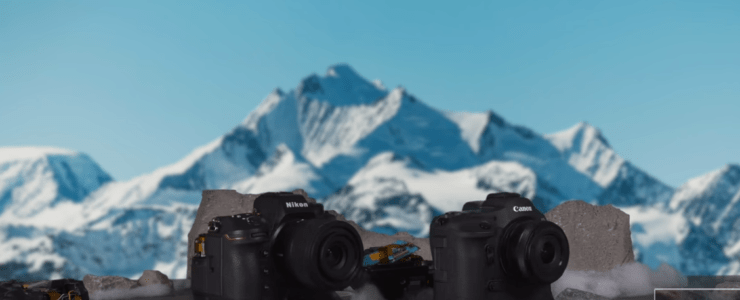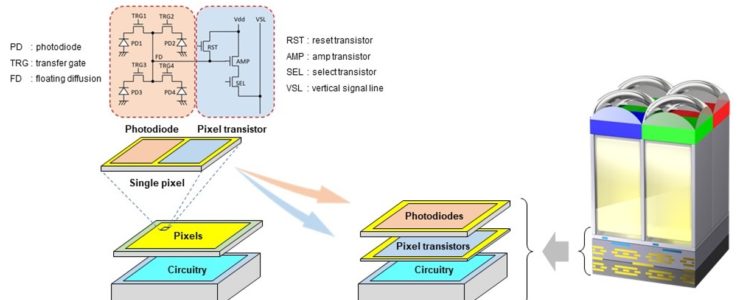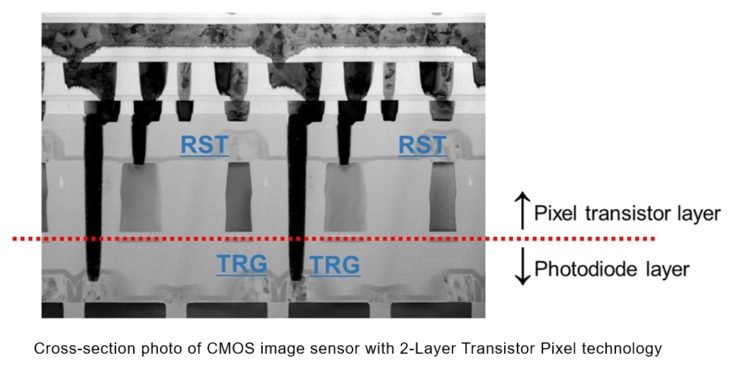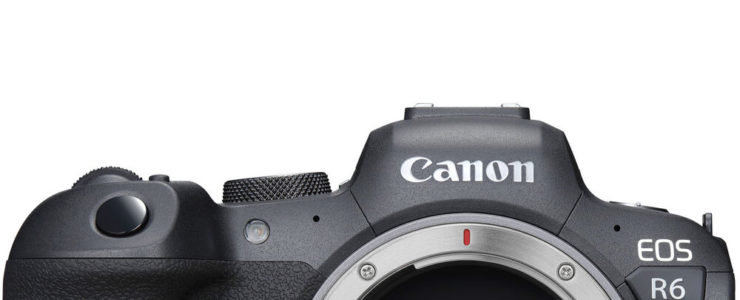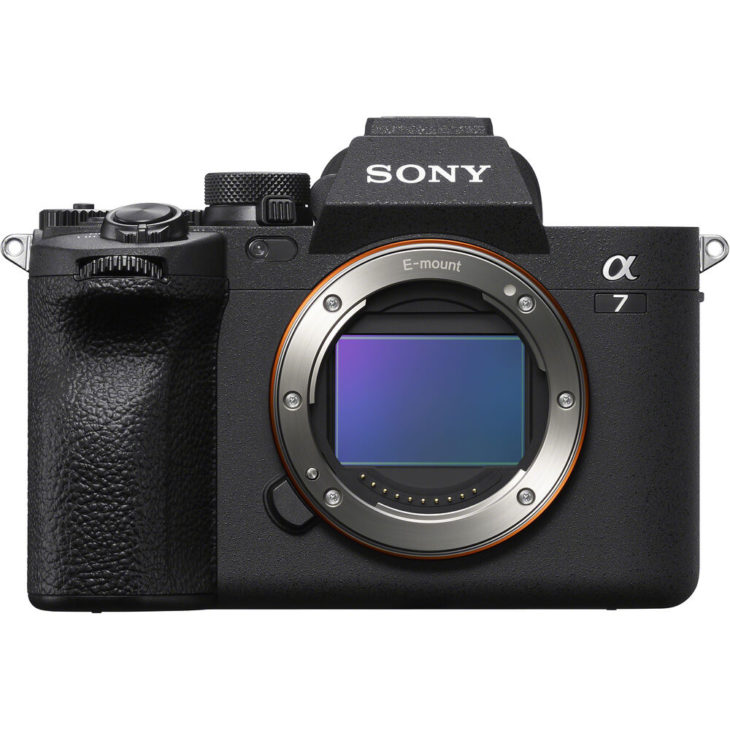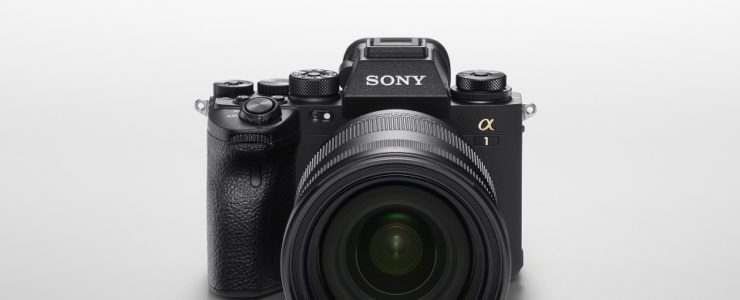Industry News: Canadian Press Chose Sony As Exclusive Provider for Imaging Products
Aiaiai those Canadians. Preferring Sony over Canon. How dare you, eh? ;-)
The Canadian Press Makes Sony Electronics its Exclusive Provider for Imaging Products
Sony Electronics – 01/31/2022
TORONTO, Jan. 31, 2022 /PRNewswire/ — Sony Electronics, a global imaging leader, and The Canadian Press, Canada’s trusted national news agency, announced today that Sony would be the exclusive imaging products provider for the media company.
With more than 180 journalists, The Canadian Press produces real-time, bilingual multimedia news published by major digital, broadcast and print media. The switch to Sony will mean the photojournalists and videographers at The Canadian Press will use a variety of Sony cameras and lenses including the Sony Alpha 1 and Alpha 9 II products to quickly capture hundreds of powerful editorial photos and videos every day, ranging from large-scale global sporting events to local Canadian news, politics and lifestyle content.
“We are honored to announce this collaboration with The Canadian Press, a leader in delivering news and best-in-class multimedia content across Canada,” said Mark Saddleton, Sony Canada Country Head and Director of Sales. “The journalists at The Canadian Press have a front row seat for Canada’s biggest events across politics, sports and entertainment and we are delighted to support their visual storytelling.”
“Sony’s innovative technology takes the high quality of our visual journalism to a whole new level,” said Malcolm Kirk, President of The Canadian Press. “More than 600 media clients rely on our online CP Images archive as the go-to destination for contemporary and historic multimedia imagery of Canada’s people, places and events. That’s why we were looking for more than just a camera provider. We needed a true partner committed to helping us deliver first-rate visual journalism.”
“Sony’s commitment goes beyond providing lightweight equipment for handling fast action, hostile situations, and extreme weather conditions, without sacrificing image quality,” said Megan Leach, who manages visual journalists at The Canadian Press and heads up the planning and packaging department. “Our journalists truly appreciate how the silent camera performance allows them to stay behind the scenes, but more importantly, that Sony is responsive to our feedback.”
“From the outset, they’ve taken a relationship-driven approach to the upgrade, which will bring a unified look to our coverage since all our staff photographers and reporters will be shooting with the same brand of cameras for photos and videos for the first time “They understood the ongoing training and support was as critical as the technology. We’re thrilled to have their support as we expand our visual coverage and meet the future needs of our industry.”
The roll out of Sony imaging kits to Canadian Press journalists is already in progress, with distribution planned throughout early 2022.
About Sony Electronics Inc.
Sony Electronics is a subsidiary of Sony Corporation of America and an affiliate of Sony Group Corporation, one of the most comprehensive entertainment companies in the world, with a portfolio that encompasses electronics, music, motion pictures, mobile, gaming, robotics and financial services. Headquartered in San Diego, California, Sony Electronics is a leader in electronics for the consumer and professional markets. Operations include research and development, engineering, sales, marketing, distribution and customer service. Sony Electronics creates products that innovate and inspire generations, such as the award-winning Alpha Interchangeable Lens Cameras and revolutionary high-resolution audio products. Sony is also a leading manufacturer of end-to-end solutions from 4K professional broadcast and A/V equipment to industry leading 4K and 8K Ultra HD TVs. Visit http://www.sony.com/news for more information.
About The Canadian Press
The Canadian Press has been Canada’s trusted news leader for more than 100 years and is the exclusive Canadian distributor of international news from The Associated Press. More than 180 journalists produce, package and deliver real-time, bilingual news articles, photos, graphics, video and audio clips for use in newspapers, magazines, radio and TV newscasts, websites, company blogs, social channels, digital signage screens and more. Clients depend on their reliable, accurate and fast coverage, written and edited according to the standards set for the industry by The Canadian Press Stylebook. Through its commercial division, The Canadian Press also helps media, PR and marketing professionals by providing photography, videography and other custom content services; media monitoring, press release distribution and CP style training.


